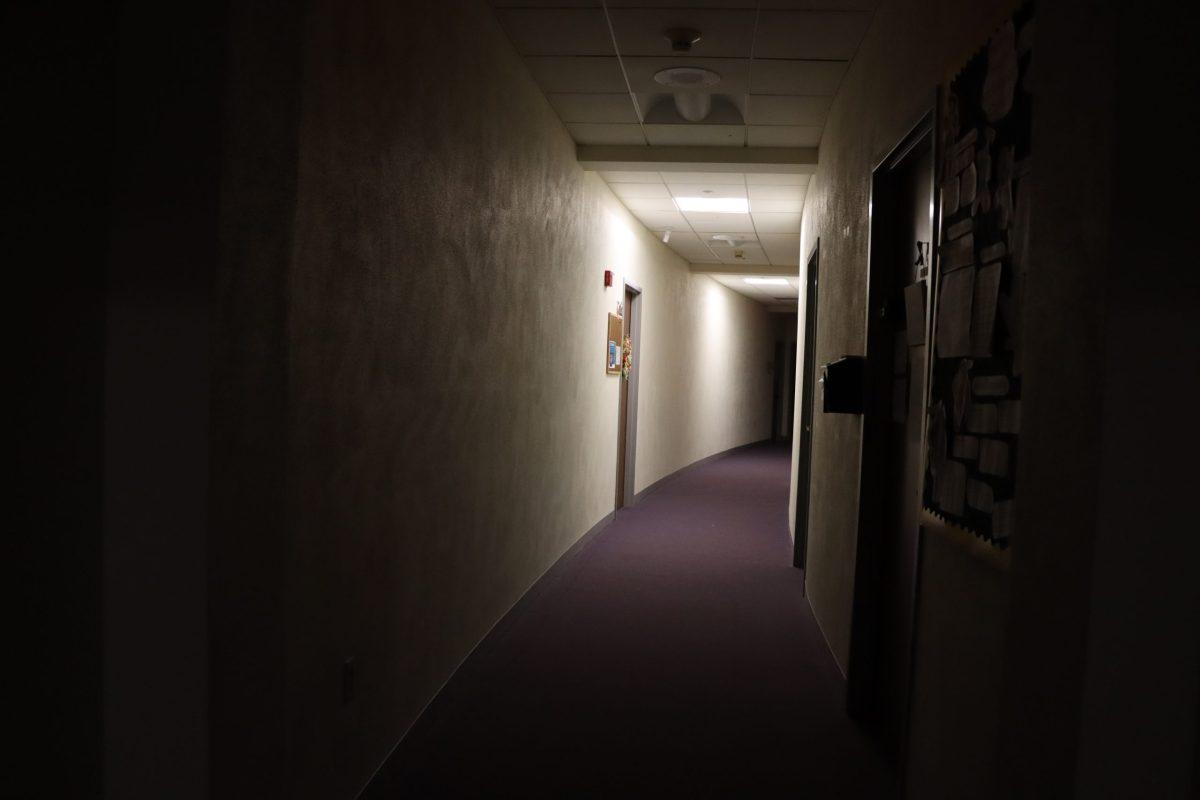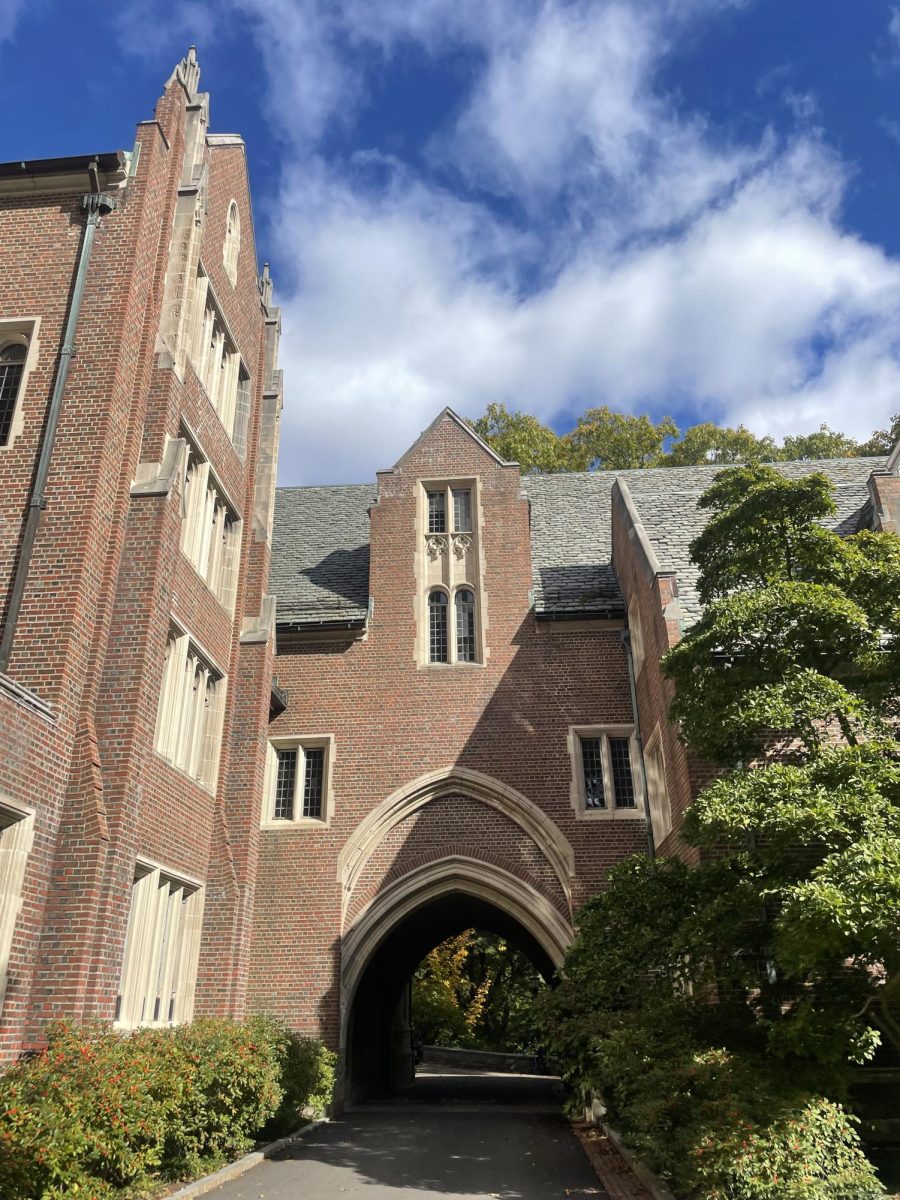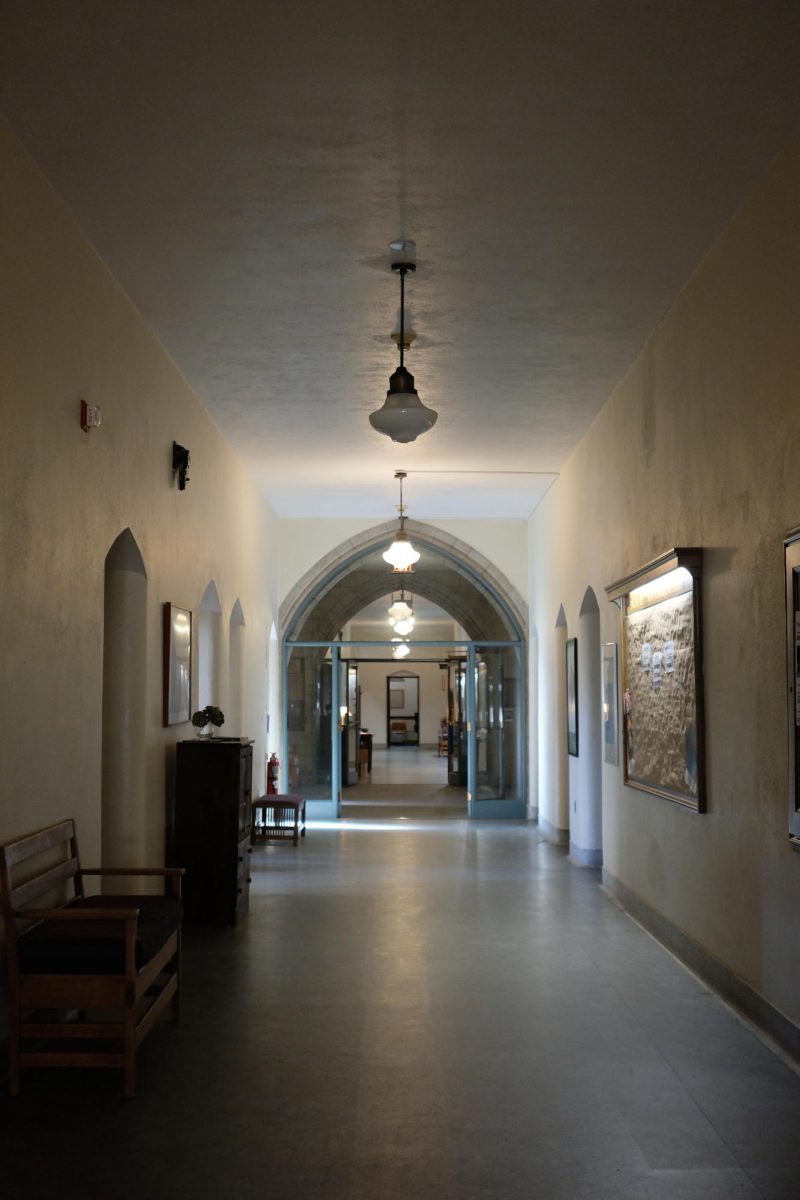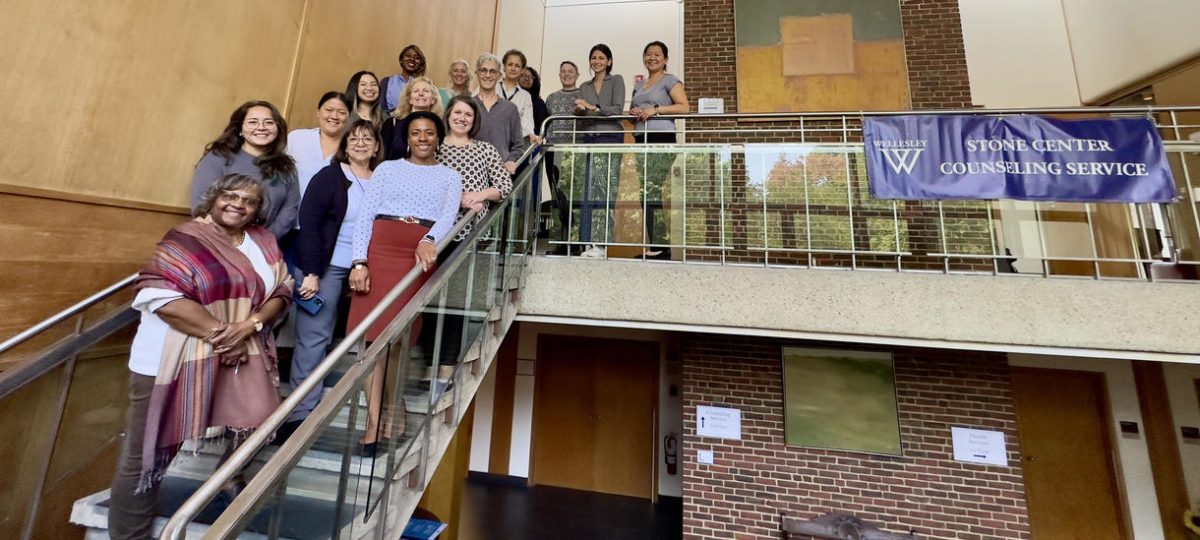On Thursday, Sept. 30 at approximately 1:45 p.m., Wellesley College experienced a power outage affecting all on-campus buildings. Due to the power outage, classes, labs and seminars after 3:40 were canceled, and Clapp Library and all academic buildings were closed after 5 p.m. Power was restored that day early in the afternoon in East Side dorms, around 7:45 p.m. in Quint dorms and around 8:15 p.m. in Tower neighborhood dorms.
At 8:29 p.m., the College sent out an announcement to all students and faculty, stating that the power had been restored and the College would resume normal operations and classes the next day, Oct. 1.
The outage, according to an email from Piper Orton, the vice president for Finance and Administration and treasurer, was caused by a fault on an electrical feeder cable. One student, Emily Lu ’24, reported seeing a cloud of smoke outside the power plant, which is located near the Lulu Chow Wang Campus Center.
“[I was coming from] the steps going up to Jewett. I was like right about there, and then the smoke was coming from right across the street from me,” Lu said. “Across the street, there’s some bushes and then there’s some machinery. [It] came from those machines, and it was just a big cloud of black smoke.”
Many campus activities were also disturbed due to the outage. A laser tag event for sophomores was postponed to Oct. 7, and students had to write down their information on a sheet of paper to take COVID-19 tests. Dining was also disrupted. While hot meals were available at Bates and Stone-Davis, Bae Pao and Tower had limited options, including pizza from local pizzerias and sandwiches.
“We utilized the supplies we had on hand that would not need to be cooked — such as salad bar items, deli items, yogurt, fruit and vegetables,” Wellesley Fresh Resident Director Julie Jordan wrote in a statement to The News.
She added, “As a contingency plan in case the power outage persisted, we worked with our vendors to supply us with a refrigerated truck.”
There were also students who were stuck in their residential halls’ elevators, specifically in Tower, Beebe and McAfee. Liora Jones ’25 was stuck in the Beebe elevator, going from the basement to the second floor.
“It was anxiety-inducing at first because I didn’t know it was going on,” Jones said.
Jones was stuck in the elevator for almost an hour as firefighters and Campus Police worked to open it on the second floor.
One concern raised during the power outage was how it affected students with medical needs such as dietary restrictions, medications that need to be refrigerated or mobility issues that require the use of an elevator. Paige Dean ’23 has dietary restrictions that require her to be mostly off the meal plan, and she explained her attempts to make sure her food would not spoil.
“I ended up rushing to a dining hall trying to find ice,” Dean said. “Thankfully, this really amazing dining hall employee managed to sneak me some ice, so that definitely helped make my food last a little bit longer. If it had been any longer than six hours, I would have probably had to throw everything out.”
Dean added that she hopes the College will implement specific measures to assist students in the future if similar emergencies occur.
The different buildings around campus had various levels of power throughout the afternoon and evening. Full power was restored in East Side dorms in the mid-afternoon; dorms in the Quint and Tower neighborhoods, however, only had bathroom and hallway lights working until late in the evening, with the campus WiFi unable to function in the Tower neighborhood as well.
The power outage also impacted Wellesley students beyond campus, as some students, including LE Latimore ’24, left campus to finish assignments or work, since there was no Wi-Fi in multiple dorms at first.
“My computer was dead, and then I just couldn’t get my assignments done,” Latimore said. “At first, we were going to just walk to Starbucks and plug in our computers, and try to get work done, but it was kind of packed, so we ended up just getting on the bus to go to MIT.”
Latimore was able to complete her assignments, but her journey back to Wellesley was complicated. Due to the influx of students leaving campus, when the LocalMotion bus pulled up to its last stop of the day, Marlboro Market, at 10:10 p.m., there were only three seats left in the bus, for almost 40 people waiting to board.
“[The driver] was going to call LocalMotion to see if we could get another bus, but they said no. We called Campus Po and explained to them what was going on, and they said to call LocalMotion, so we did,” Latimore said. “But we hadn’t heard anything [for a while], so we just had to take the train home, and there were even more people that we met from Wellesley [who were] waiting at the stop of the commuter rail to get back. It seemed like a bunch of people ended up stranded.”
Latimore also felt that the students were left to their own devices to find their way back to Wellesley.
“It was very much like [administration was saying], ‘Oh well, you’re going to have to figure this out [on your own]’, but I could barely get the eight bucks to get on the train,” she said.






